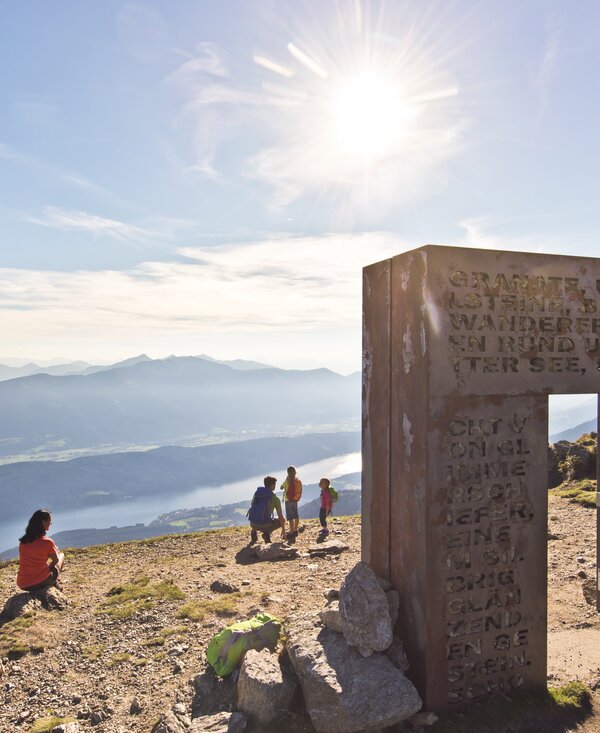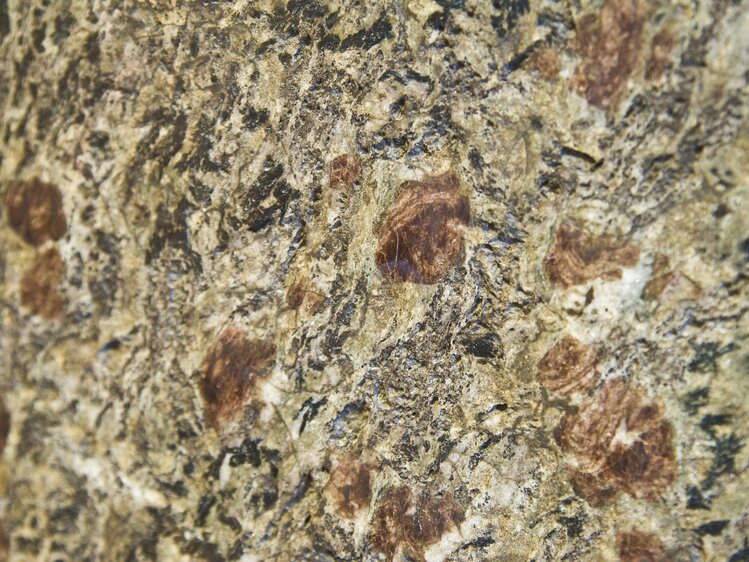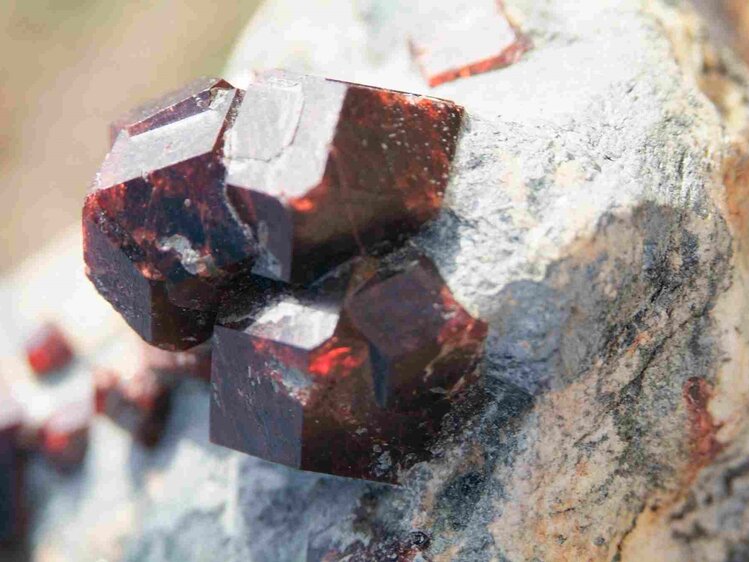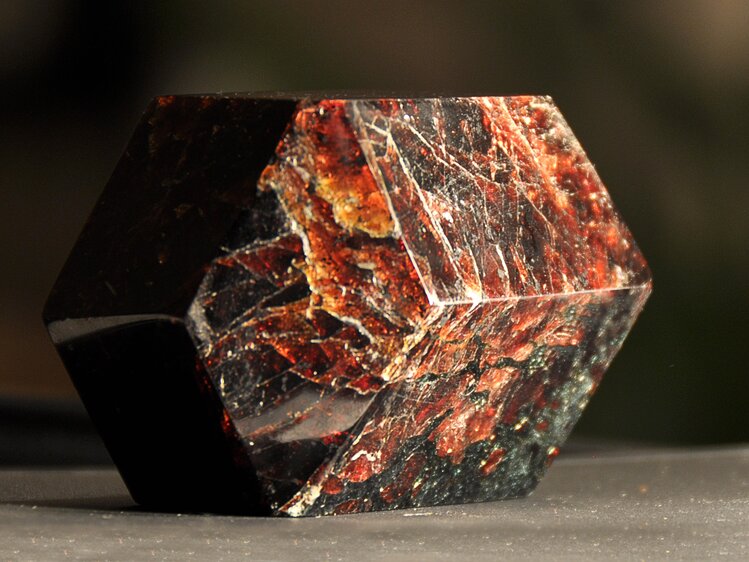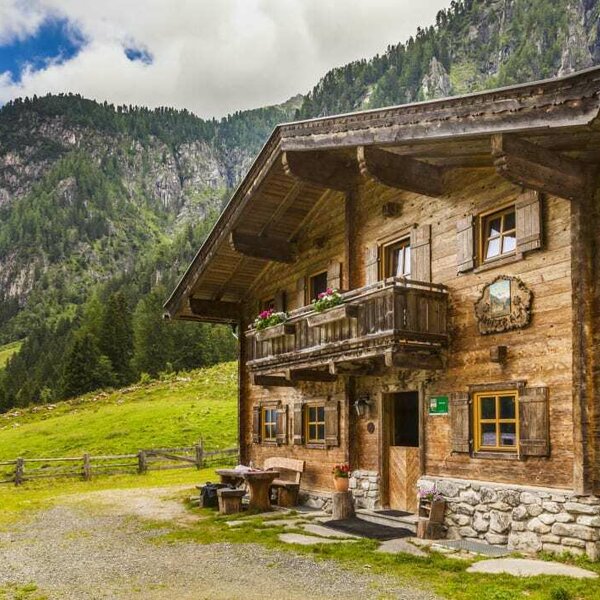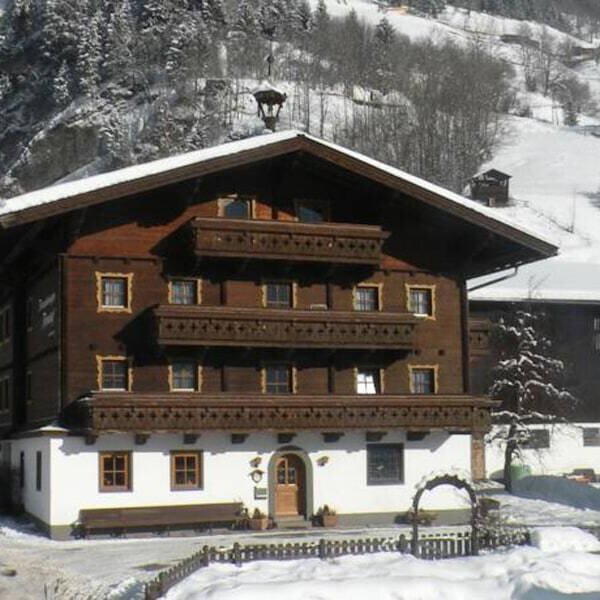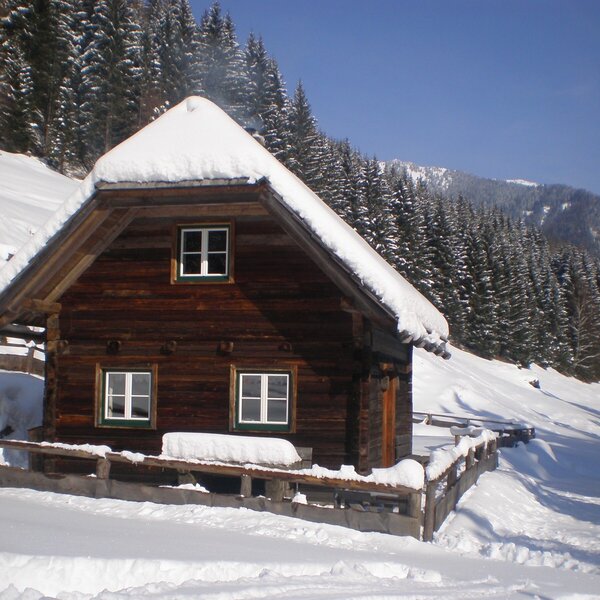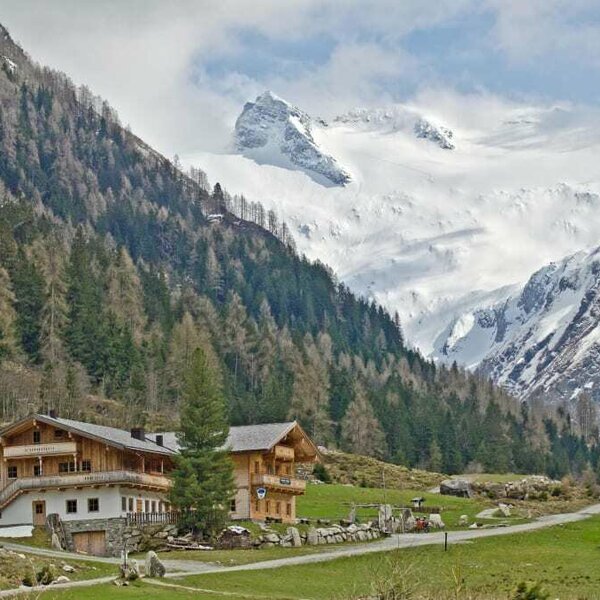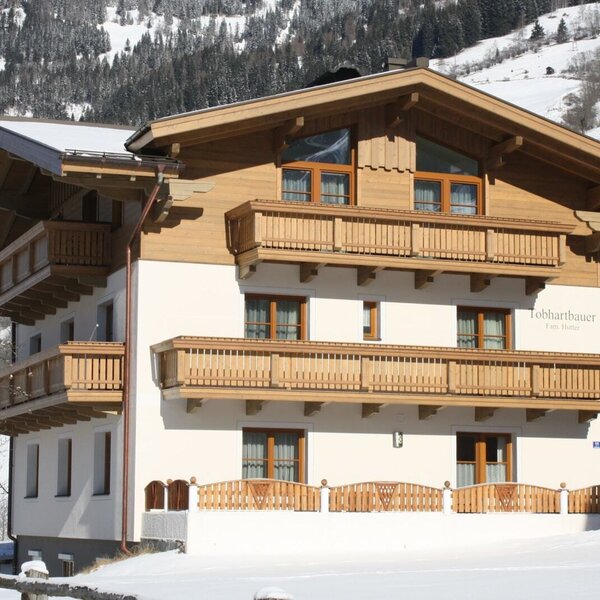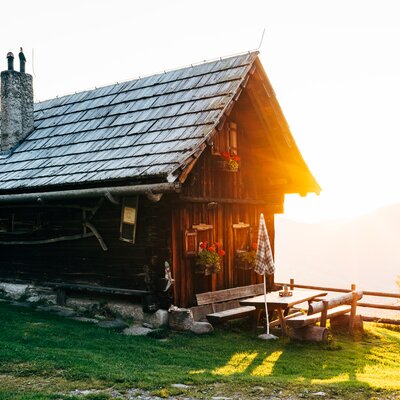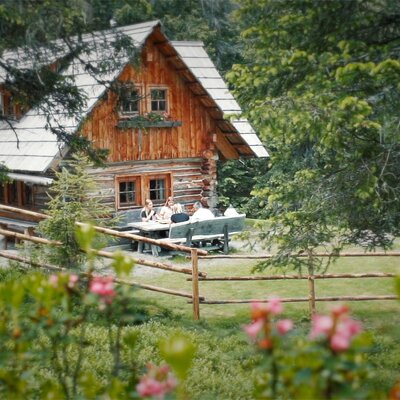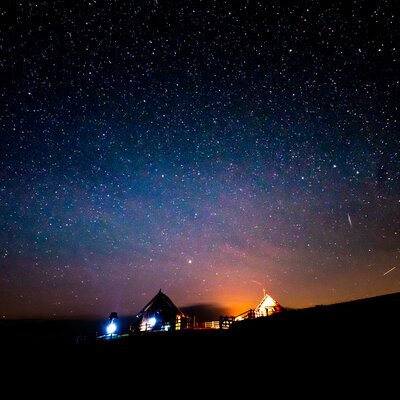Getting rich in stone on Austria's alpine pastures
Our Alps are literally as old as stone. Millions of years ago, the African and European plates collided and piled up our Alps through enormous endogenous forces. All kinds of crystals, minerals and fossils have come up from the seabed and are still hidden inside the rock masses of the Alpine massif, of which Austria has a large share.
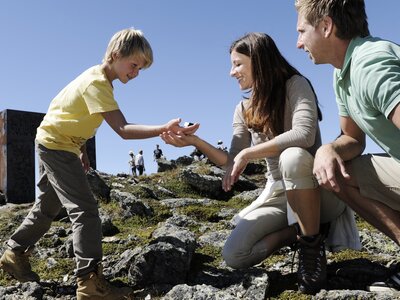
An eye for sparkle
"You rarely find crystals on frequented paths. But off the beaten track, in untouched nature, you can find them. If you go into the mountains often, you'll get an eye for the sparkle between the gray stones," says Norbert Kranzelbinder, probably Austria's best-known mineral expert, encouraging people to go on exciting mineral hunts. He runs a crystal adventure world on the Turracher Höhe in the mineral-rich Carinthian Nockberge mountains with all kinds of curiosities, several mineral stores and is now planning a new museum in Vienna to transfer the glittering world of sparkling stones to the gray federal capital.
Kranzelbinder advises going on a search with mineral experts for the first time. They know about the legal regulations and know the best places to find them. Collecting minerals in nature is generally permitted by law. It's a different story when you set off with picks and shovels, hacking and digging wildly in the area. This can soon bring you into conflict with the law or the landowner. This cannot happen on guided mineral hikes.
Children love collecting
"The great thing is to make people aware of the beauty of nature. Tracking down minerals is educational and very exciting, especially for children. Children love collecting," says the mineral expert from experience.
And which mountain pasture areas in Austria are "rich in stones"? Basically everywhere in the mountains and on alpine pastures. But according to Kranzelbinder, the search is particularly rewarding in the Carinthian Nockberge mountains, in the Weißensee region, in the Hohe Tauern or in the Habachtal valley in Oberpinzgau. With a bit of luck, you can find rock crystal, emerald, granite, marble, amethyst, dolomite, green slate, gneiss and garnets in Austria's mountain regions.
"The Nockberge mountains are full of garnets," Kranzelbinder reveals. These are dark red sparkling stones that are rather inconspicuous in nature. They are usually speckled like pomegranate seeds in brown stone. You can find them in large numbers on the mountain pastures near Radenthein in the direction of Kaning or marvel at them in the Granatium. It is no coincidence that Radenthein is Austria's "pomegranate town".
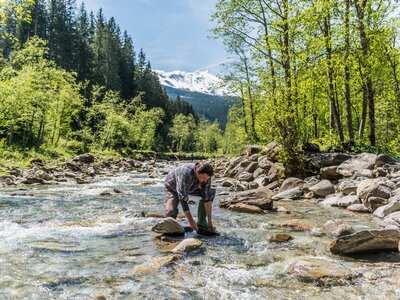
The valley of emeralds
The "green fire", on the other hand, can be found in the Habachtal valley. The romantic side valley in Oberpinzgau in the middle of the Hohe Tauern National Park is also known as the "Valley of Emeralds". During guided hikes along the "Emerald Trail", you can go on a treasure hunt and dig for the wonderfully glittering green stones under supervision. The "green fire" is usually hidden between stones in the stream. The necessary equipment is available on site. Don't miss the museum in Bramberg to find out all there is to know about emeralds.
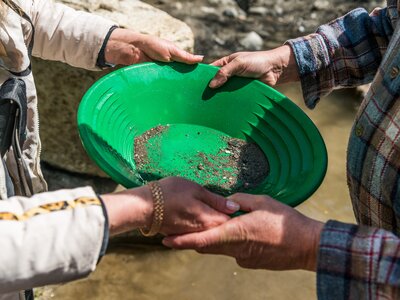
Panning for gold - as the gold diggers once did
Swirl back and forth, let the sand trickle from one side to the other and repeat the whole thing over and over again. Until finally a small flake of gold sparkles in the gold panning pan. You can pan for gold in SalzburgerLand in the Rauris Valley in the Hohe Tauern National Park vacation region and in the neighboring Gastein Valley. According to historical documentation, around 10% of the world's gold production took place in these two Salzburg valleys.
In the Rauris Valley there are various gold panning sites as well as themed and adventure trails. History buffs cannot avoid a visit to the "Valley Museum". With a bit of luck and under expert guidance, a gold flake can also be found in Gastein Valley at the gold panning sites in Angertal and at the "Alte Pöck". The "Tauerngold", as it is called in the Gastein Valley, has a long historical tradition. Although gold mining in Gastein ceased in the last century, the first gold deposits date back 2,000 years. So if you find a gold flake, you are also holding a large piece of Salzburg history in your hand.
It's an experience for the whole family to search for a gold tinsel together with gold panning boots and a gold panning bowl. According to estimates, there should still be around 120 tons of gold in the Goldberg group between Rauris and Gastein. Your chances of finding gold tinsel are therefore very high - let's go!
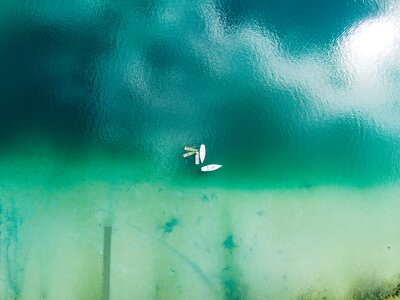
Eye to eye with the primordial sea
Come face to face with the primeval sea in the Weißensee Nature Park. Here you can follow in the footsteps of fossils millions of years old that tell of creatures from times long past. Nature park ranger Robert Röbl goes into raptures when he talks about the "swimming dinosaurs" that have been found here. The fellow is 78 centimetres tall and is a proud 235 million years old - someone has to imitate him. "A tropical sea once spread out beneath us, so the area is very rich in fossils," says Röbl, who knows the area like the back of his hand. Under his guidance and leadership, many a guest has found fossilized ammonites and shell inclusions and proudly taken them home with them, says Röbl, who sets off with his flock from the Fischeralm on Lake Weissensee. And because he is a "jack of all trades", he later shows the enthusiastic guests how to grind and process fossils and stones.
That leaves the magical Swarovski Crystal Worlds in Wattens, which attract thousands of visitors every year. "Great work, but unfortunately they're not real stones, they're perfectly cut glass," says Kranzelbinder, putting the world of crystals into perspective.
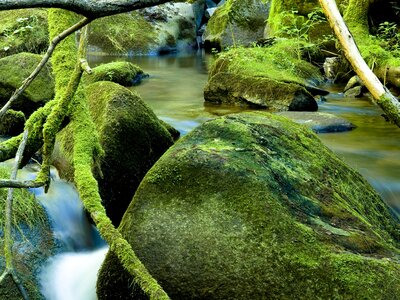
Gemstones for body, mind & soul
The myth of gemstones is everywhere. “More and more people believe in the positive effects of stones. Recently, there has been a strong demand, especially linked to health and lifestyle,” Kranzelbinder knows from experience. Gua sha stones and quartz rollers for massages, as well as semi-precious stones to energize water, are booming. In homes, they are popular decorative pieces believed to create harmony. So, it’s definitely worth diving into the magical world of minerals during your alpine holiday – they might even be waiting right outside your cabin door.
Elisabeth Tschernitz-Berger
www.gedankenschmiede.at, 14 Article(s)
